
Tsodilo Hills: Botswana's Ancient Canvas
Discover Tsodilo Hills, Botswana's UNESCO World Heritage Site, home to ancient rock art and mythical landscapes in the heart of the Kalahari Desert.
Nestled in the heart of Botswana, Tsodilo Hills stands as a testament to the rich cultural and historical heritage of the region. This UNESCO World Heritage Site is often referred to as the 'Louvre of the Desert' due to its impressive collection of ancient rock art. With over 4,500 paintings spread across the rocky terrain, Tsodilo Hills offers a unique glimpse into the lives of early humans who inhabited the area thousands of years ago. The hills are made up of four main rock formations, each with its own significance to the local San people. Known as Male Hill, Female Hill, Child Hill, and Grandchild Hill, these formations are steeped in myth and legend, adding a layer of mystique to your visit. The Male Hill is the tallest, offering breathtaking panoramic views of the surrounding Kalahari Desert. Visitors can explore a variety of trails that wind through the hills, each leading to different clusters of rock art. Guided tours are available and highly recommended, as local guides can provide invaluable insights into the history and significance of the paintings. The serene and remote setting of Tsodilo Hills also makes it a perfect spot for meditation and reflection, away from the hustle and bustle of modern life.
Local tips in Tsodilo Hills
- Visit during the cooler months from May to September to avoid the intense heat.
- Hire a local guide to gain deeper insights into the history and significance of the rock art.
- Bring plenty of water and wear comfortable hiking shoes for the trails.
- Respect the local customs and beliefs of the San people when visiting the hills.
- Plan for a full day to explore the different rock formations and art sites.
Tsodilo Hills: Botswana's Ancient Canvas
Nestled in the heart of Botswana, Tsodilo Hills stands as a testament to the rich cultural and historical heritage of the region. This UNESCO World Heritage Site is often referred to as the 'Louvre of the Desert' due to its impressive collection of ancient rock art. With over 4,500 paintings spread across the rocky terrain, Tsodilo Hills offers a unique glimpse into the lives of early humans who inhabited the area thousands of years ago. The hills are made up of four main rock formations, each with its own significance to the local San people. Known as Male Hill, Female Hill, Child Hill, and Grandchild Hill, these formations are steeped in myth and legend, adding a layer of mystique to your visit. The Male Hill is the tallest, offering breathtaking panoramic views of the surrounding Kalahari Desert. Visitors can explore a variety of trails that wind through the hills, each leading to different clusters of rock art. Guided tours are available and highly recommended, as local guides can provide invaluable insights into the history and significance of the paintings. The serene and remote setting of Tsodilo Hills also makes it a perfect spot for meditation and reflection, away from the hustle and bustle of modern life.
When is the best time to go to Tsodilo Hills?
Iconic landmarks you can’t miss
Tsodilo Hills (World Heritage Site)
Discover the breathtaking landscapes and ancient rock art of Tsodilo Hills, a UNESCO World Heritage Site in Botswana, rich in culture and natural beauty.
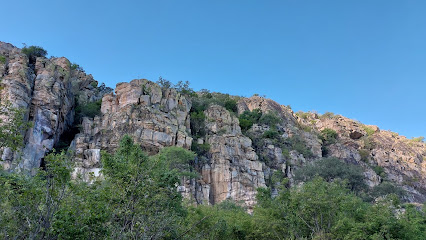
Rhino Trail Painting 13
Explore the ancient artistry of Rhino Trail Painting 13 in Tsodilo Hills, Botswana – a UNESCO World Heritage site showcasing the rich heritage of the San people.

Unmissable attractions to see
Tsodilo community Development Trust
Discover the ancient rock art and breathtaking landscapes at Tsodilo Hills, the UNESCO World Heritage Site in Botswana, a true gem for history lovers.
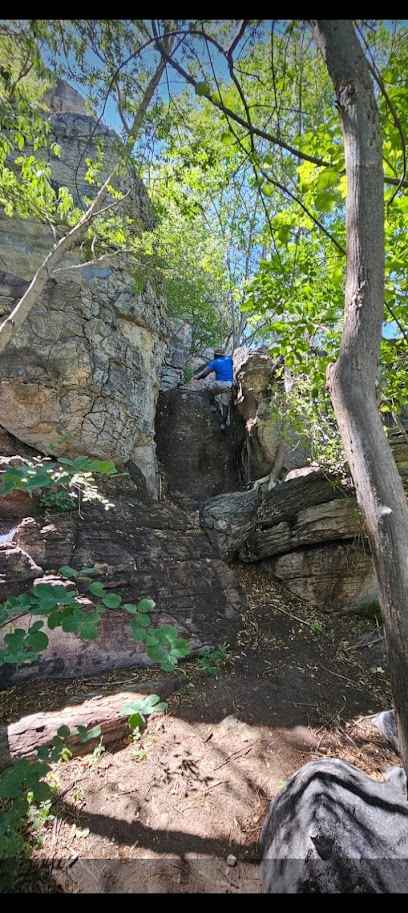
Cave
Explore Tsodilo Hills, Botswana's UNESCO World Heritage Site, rich in ancient rock art and breathtaking landscapes, perfect for nature lovers and history enthusiasts.

Cliff Trail Painting 1
Discover the breathtaking Cliff Trail Paintings of Tsodilo Hills, a UNESCO World Heritage Site showcasing ancient artistry and stunning natural beauty.

Rhino Trail Painting 4
Explore the ancient rock art and breathtaking landscapes of Rhino Trail Painting 4 in Tsodilo Hills, a UNESCO World Heritage Site in Botswana.

Rhino Trail Painting 13
Discover the ancient rock art and breathtaking landscapes of Rhino Trail Painting 13 in Tsodilo Hills, a UNESCO World Heritage Site in Botswana.

Essential places to dine
Bull & Bush
Experience the vibrant culinary scene at Bull & Bush in Gaborone - where local flavors meet global cuisine in a welcoming atmosphere.
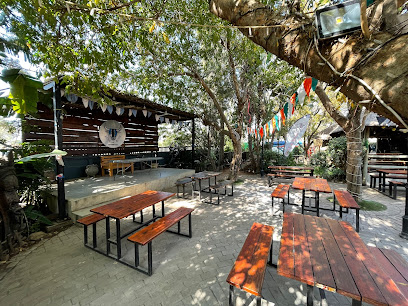
The Daily Grind Cafe + Kitchen
Experience European charm at The Daily Grind Cafe + Kitchen in Gaborone with delicious cuisine and inviting ambiance.
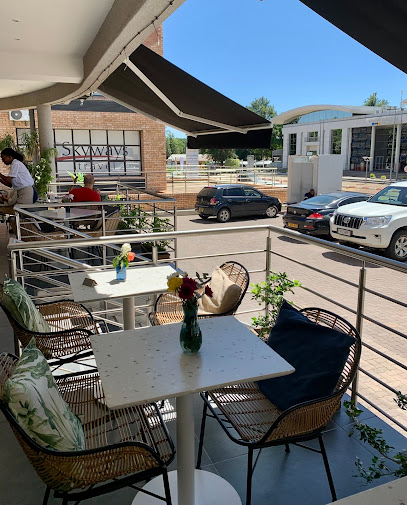
Table50Two
Discover the flavors of Botswana at Table50Two – where tradition meets contemporary cuisine in the heart of Gaborone.
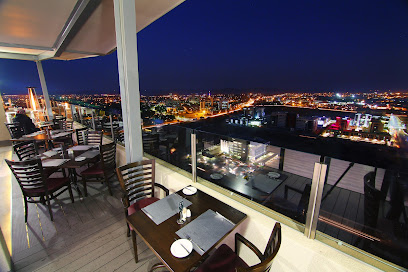
Two Six Seven
Experience the best of Botswana's cuisine at Two Six Seven - where local flavors meet global inspiration in a vibrant setting.
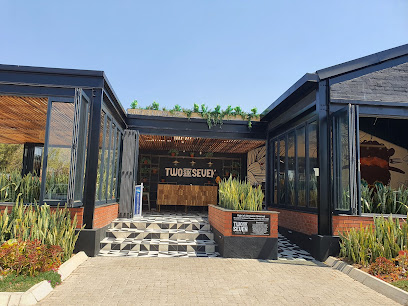
Dusty Donkey Café
Experience delicious meals and warm hospitality at Dusty Donkey Café, located just steps from Maun Airport.
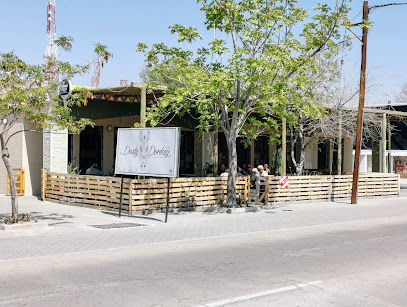
Mokolodi Restaurant
Experience exquisite dining at Mokolodi Restaurant amidst breathtaking views of Botswana's wildlife in Gaborone's premier nature reserve.
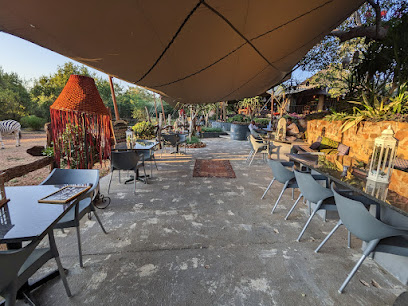
Rodizio Brazillian Restaurant
Experience the best Brazilian barbecue in Gaborone at Rodizio Brazilian Restaurant with endless grilled meat options served with authentic sides.
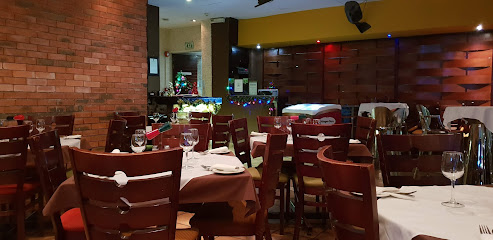
Ate@Design
Discover the flavors of Botswana at Ate@Design in Gaborone – where local meets international cuisine in a stylish setting.
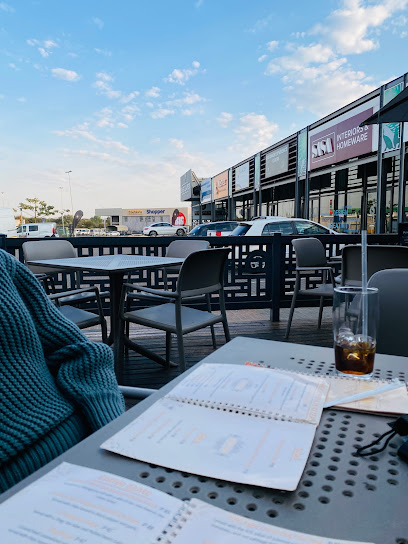
Mahogany's Restaurant
Discover the culinary delights of Mahogany's Restaurant in Gaborone - where local flavors meet international cuisine in a warm and inviting atmosphere.
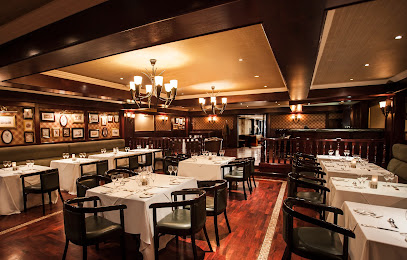
Hilary's Restaurant
Experience authentic Botswanan cuisine at Hilary's Restaurant in Maun - where flavor meets tradition in a warm and inviting setting.
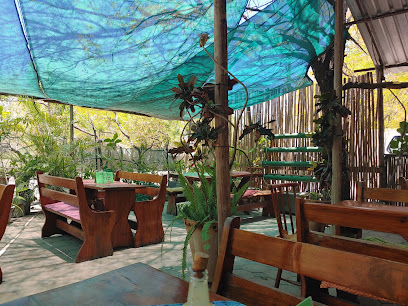
Doppio Zero The Fields
Experience vibrant flavors at Doppio Zero The Fields in Gaborone – where local meets international cuisine in a cozy setting.
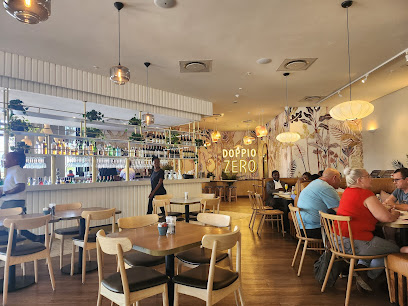
Main Deck Restaurant & Bar
Discover exquisite dining at Main Deck Restaurant & Bar in Gaborone—where local flavors meet international flair in a vibrant atmosphere.

Motimalenyora Restaurant
Experience the authentic taste of Botswana at Motimalenyora Restaurant in Goodhope – where local flavors come alive.

Dijo Deli Restaurant
Experience authentic Botswanan cuisine at Dijo Deli Restaurant in Shakawe – where local flavors meet culinary creativity.
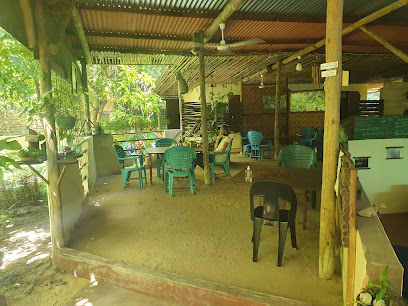
The Eatery Joint
Discover authentic flavors at The Eatery Joint in Shakawe – your gateway to Botswana's culinary heritage.
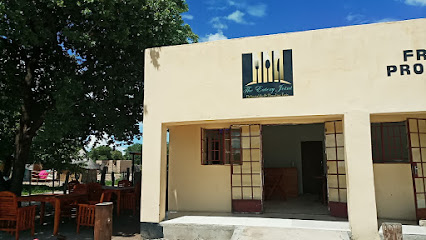
Markets, malls and hidden boutiques
PEP Shakawe
Explore the vibrant world of fashion at PEP Shakawe, where style meets affordability in the heart of Botswana.

CB Store
Explore CB Store in Gumare for a vibrant selection of local fashion that captures the essence of Botswana's rich textile culture.
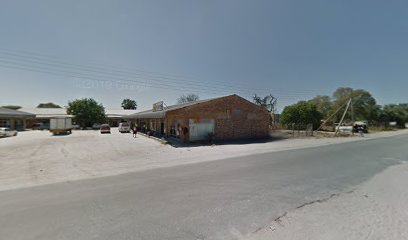
Tsodilo Hills (World Heritage Site)
Explore Tsodilo Hills, a UNESCO World Heritage Site in Botswana, where breathtaking landscapes meet ancient rock art and rich cultural history.
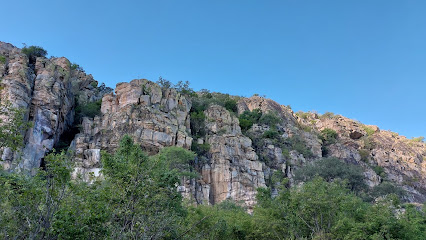
Carnival Furnishers Shakawe
Explore Carnival Furnishers in Shakawe for unique fitted furniture that captures Botswana's artistry and culture, perfect for your home.
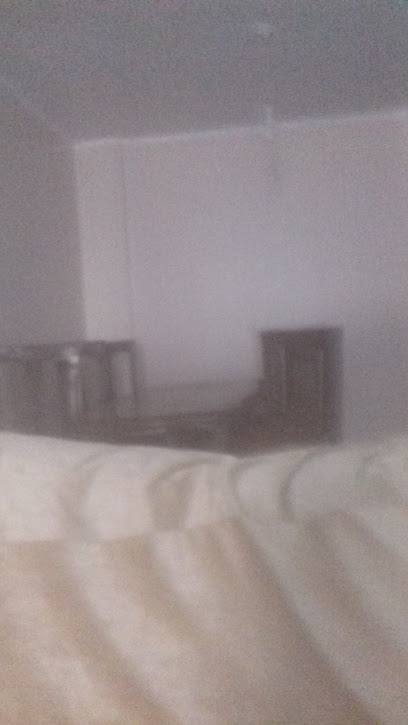
Tshomarelo Bakery
Discover the authentic flavors of Seronga at Tshomarelo Bakery, where freshly baked goods meet local culture in a warm, inviting atmosphere.
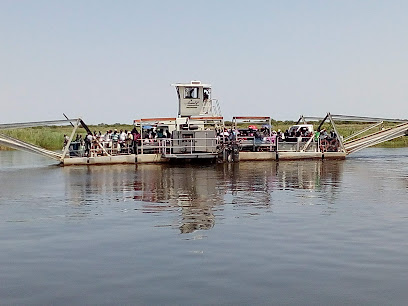
Etsha Coop
Discover local flavors and authentic ingredients at Etsha Coop, a charming grocery store in the heart of Etsha 6, Botswana.
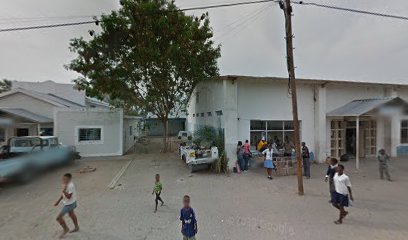
Acaciamall
Experience the local flavors of Botswana at Acaciamall, a bustling grocery store in Shakawe, perfect for tourists and locals alike.
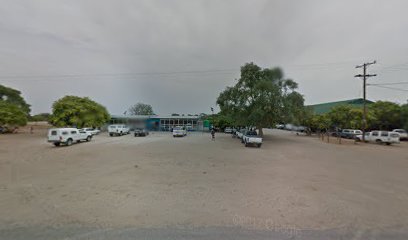
Choppies Shakawe
Explore the best of grocery shopping at Choppies Shakawe, where convenience meets local culture in Botswana.
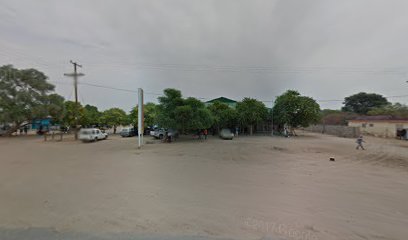
Tsodilo Hills Chalets
Discover the breathtaking beauty and cultural richness of Tsodilo Hills at the tranquil Tsodilo Hills Chalets, a perfect getaway for nature lovers.
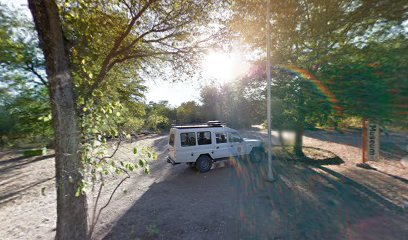
SEFALANA Shoppers Shakawe
Experience the essence of Botswana at SEFALANA Shoppers in Shakawe – where convenience meets local culture in a delightful shopping atmosphere.
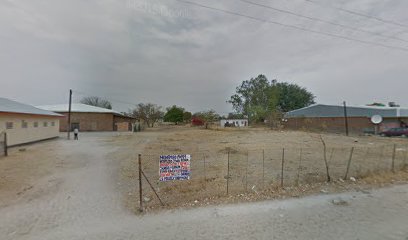
COLLEEN'S STATIONARY
Discover Colleen's Stationery in Shakawe: your destination for unique pens, notebooks, and creative supplies in a charming local shop.
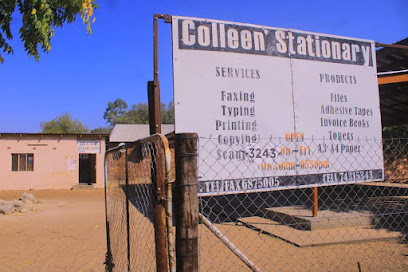
The Original Farmhouse
Discover the charm of rural Botswana at The Original Farmhouse, your serene escape into organic farming and nature's beauty.
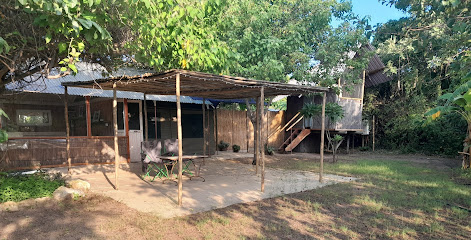
JB Sports Acaia Mall Shakawe
Explore the vibrant JB Sports at Acaia Mall in Shakawe for the latest in sports apparel and equipment, blending fashion and functionality.
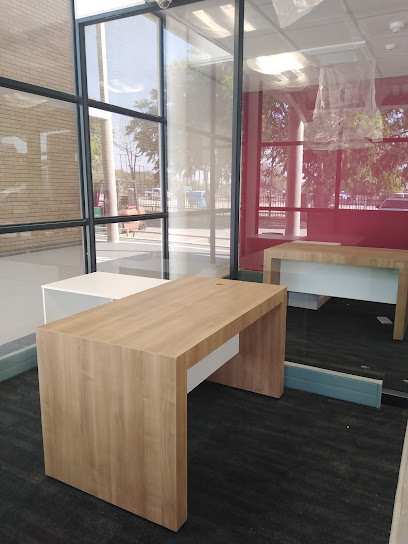
Tsodilo Hills
Explore Tsodilo Hills, Botswana's breathtaking UNESCO World Heritage Site, famed for its ancient rock art and stunning natural landscapes.
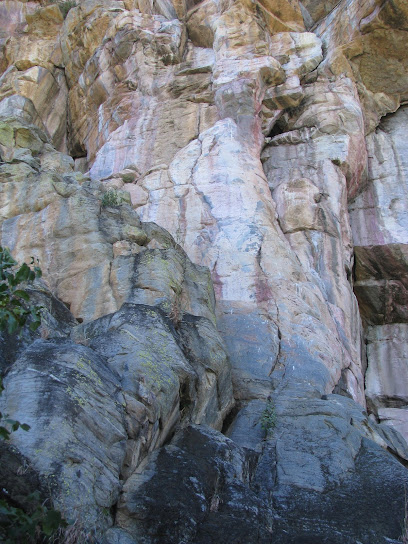
Delta Stores
Explore Delta Stores in Etsha 6 for a diverse selection of local and international groceries, perfect for every culinary adventure.
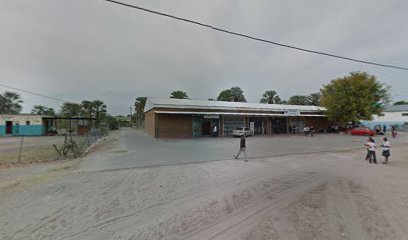
Essential bars & hidden hideouts
Bull & Bush
Experience the vibrant culinary scene of Gaborone at Bull & Bush, where delicious food meets a serene outdoor ambiance.
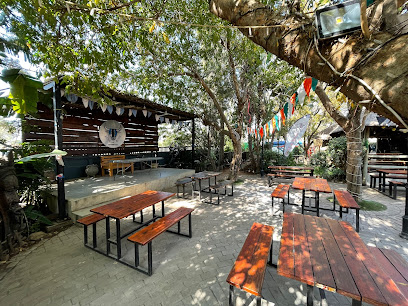
Mokolodi Restaurant
Discover the exquisite flavors of Botswana at Mokolodi Restaurant, nestled in the heart of a breathtaking nature reserve.

Shakawe River Lodge
Discover the beauty of Botswana at Shakawe River Lodge, a perfect blend of relaxation, adventure, and exquisite dining along the Okavango Panhandle.

Drotsky's Cabins
Discover the serenity and adventure of Drotsky's Cabins, a self-catering retreat nestled in Botswana's breathtaking wilderness.

Yebo And Lerothodi Bars
Discover the vibrant nightlife of Gaborone at Yebo And Lerothodi Bars, a hub for locals and tourists alike with great drinks and lively atmosphere.
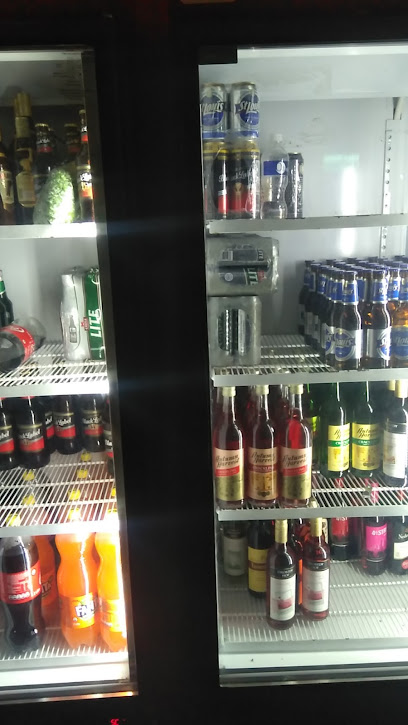
Main Deck Restaurant & Bar
Discover the vibrant flavors of Botswana at Main Deck Restaurant & Bar, where exquisite dining meets stunning views in Gaborone.
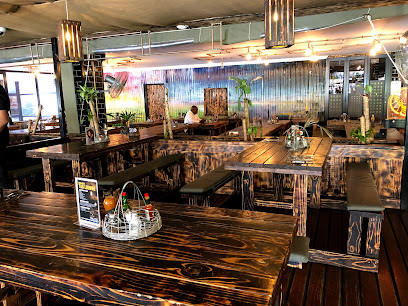
Best Food Restaurant
Experience the authentic flavors of Botswana at Best Food Restaurant in Gumare, where local cuisine meets warm hospitality in a cozy setting.
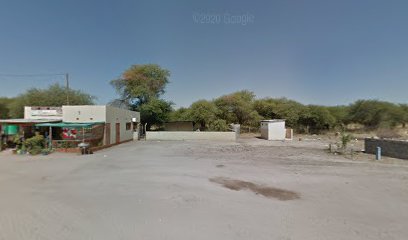
Tsodilo Camp
Discover the captivating beauty and cultural heritage at Tsodilo Camp, Botswana's serene campground near the ancient Tsodilo Hills.
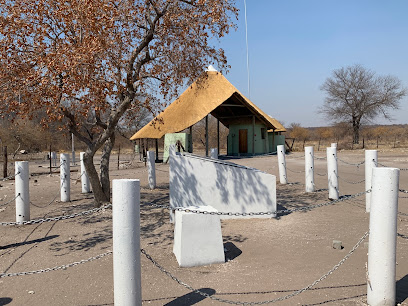
Dijo Deli Restaurant
Discover the rich flavors of Botswana at Dijo Deli Restaurant in Shakawe, where local ingredients meet warm hospitality.
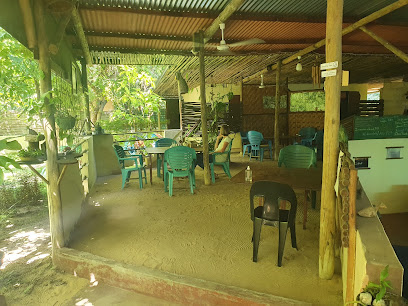
TALK OF THE VILLAGE BAR
Discover local flavors and vibrant culture at Talk of the Village Bar in the heart of Tonota.
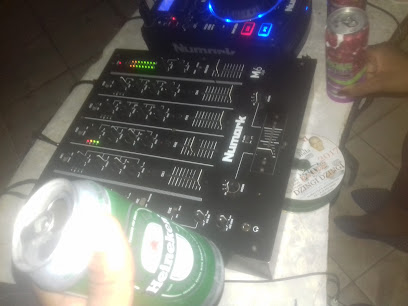
Domboshaba Bar
Experience the vibrant nightlife of Molepolole at Domboshaba Bar, where locals and tourists come together for refreshing drinks and lively entertainment.
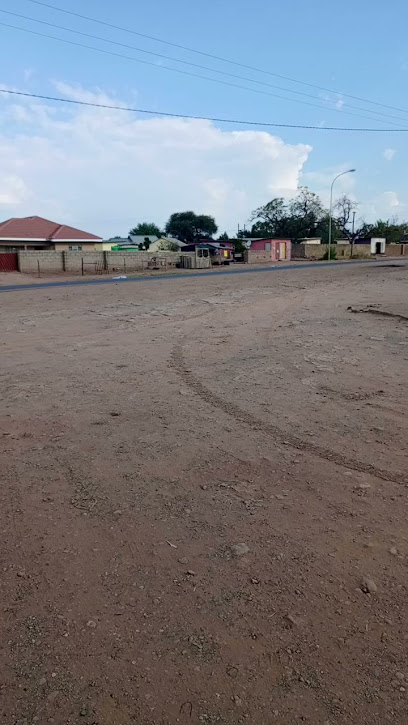
Paramount Bar
Discover the lively ambiance and refreshing drinks at Paramount Bar in Seronga, a must-visit for an unforgettable night out.

The Eatery Joint
Experience the vibrant flavors of Botswana at The Eatery Joint, a delightful restaurant in Shakawe serving local and international cuisine.

Moxydo's Pub
Experience the vibrant local culture at Moxydo's Pub in Tonota, where good drinks and great company meet.

Tsodilo Hills Chalets
Experience the natural beauty and cultural richness of Tsodilo Hills at the serene Tsodilo Hills Chalets.
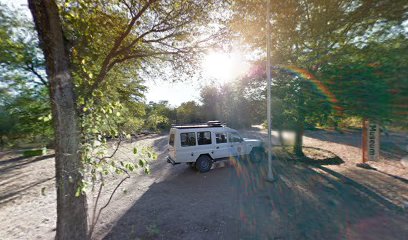
Local Phrases about Tsodilo Hills
-
- HelloDumela
[doo-MEH-lah] - GoodbyeSala sentle
[SAH-lah sen-TLE] - YesEe
[EE] - NoNnyaa
[NYAH] - Please/You're welcomeKe kopa
[keh KOH-pah] - Thank youKe a leboga
[keh ah leh-BOH-gah] - Excuse me/SorryRobala sentle
[roh-BAH-lah sen-TLE] - How are you?O kae?
[oh kah-eh] - Fine. And you?Ke gona. Le wena?
[keh goh-nah. leh WEH-nah] - Do you speak English?O bua se se tswana?
[oh BOO-ah seh seh tswah-nah] - I don't understandGa ke itse
[gah keh EET-seh]
- HelloDumela
-
- I'd like to see the menu, pleaseKe kopa go bona menu
[keh KOH-pah goh BOH-nah MEH-noo] - I don't eat meatGa ke dira nyama
[gah keh DEE-rah nyah-MAH] - Cheers!Phuthu!
[POO-too] - I would like to pay, pleaseKe kopa go dira letlhaku
[keh KOH-pah goh DEE-rah leh-TLAH-koo]
- I'd like to see the menu, pleaseKe kopa go bona menu
-
- Help!Boitumelo!
[BOY-too-MEH-loh] - Go away!Tswa!
[tswah] - Call the Police!Bula Dikgwatlha!
[BOO-lah Dee-kwah-TLAH] - Call a doctor!Bula ngaka!
[BOO-lah ngah-KAH] - I'm lostKe tswa kae
[keh tswah kah-eh] - I'm illKe se ke itse
[keh seh keh EET-seh]
- Help!Boitumelo!
-
- I'd like to buy...Ke kopa go bela...
[keh KOH-pah goh BEH-lah] - I'm just lookingKe neile go bona
[keh neh-EE-leh goh BOH-nah] - How much is it?Ke bokae?
[keh boh-kah-eh] - That's too expensiveKe rata go tswa kae
[keh RAH-tah goh tswah kah-eh] - Can you lower the price?Re utlwa go tsena pampiri?
[reh oot-LWAH goh TSEH-nah pahm-PEE-ree]
- I'd like to buy...Ke kopa go bela...
-
- What time is it?Ke bokae?
[keh boh-kah-eh] - It's one o'clockKe ya nngwe
[keh yah nng-WAY] - Half past (10)Nngwe ya ditlhapi
[nng-WAY yah dee-TLAH-pee] - MorningMosetsana
[moh-SEH-tsa-nah] - AfternoonMaitsebeng
[ma-EET-seh-beng] - EveningMantswe
[man-TSWEH] - YesterdayNngwe ya kgwedi
[nng-WAY yah kgweh-dee] - TodayLehuma
[leh-HOO-mah] - TomorrowNgwaga
[nng-WAH-gah] - 1Nngwe
[nng-WAY] - 2Bongwe
[boh-NGWEH] - 3Nngwe
[nng-WAY] - 4Nne
[nneh] - 5Tlhano
[TLAH-noh] - 6Tharo
[TAH-roh] - 7Nngwe
[nng-WAY] - 8Robe
[ROH-beh] - 9Kgasetso
[kga-SET-soh] - 10Lesome
[leh-SOH-meh]
- What time is it?Ke bokae?
-
- Where's a/the...?Ke nako ya...?
[keh NAH-koh yah] - What's the address?Ke kae?
[keh kah-eh] - Can you show me (on the map)?O ka ikopanya?
[oh kah ee-koh-PAHN-yah] - When's the next (bus)?Ke nako e kae?
[keh NAH-koh eh kah-eh] - A ticket (to ....)Lekgotla (go ...)
[leh-KOH-tlah goh]
- Where's a/the...?Ke nako ya...?
History of Tsodilo Hills
-
Tsodilo Hills boasts one of the highest concentrations of rock art in the world, with over 4,500 individual paintings. These artworks, created by the San people over thousands of years, provide a glimpse into the spiritual and everyday lives of the area's ancient inhabitants.
-
The San people, also known as the Bushmen, have a profound connection to Tsodilo Hills. For thousands of years, they have considered the hills a sacred site, believing that the spirits of their ancestors inhabit the area. The San used the hills not only as a canvas for their art but also as a place for rituals and spiritual guidance.
-
In 2001, Tsodilo Hills was designated a UNESCO World Heritage Site. This recognition was due to its unparalleled cultural significance and the extensive rock art that provides insight into human history over a period of at least 100,000 years.
-
Archaeological excavations at Tsodilo Hills have unearthed artifacts dating back to the Middle Stone Age. Tools, pottery, and other relics found in the area have helped researchers piece together the lifestyles and advancements of early human societies.
-
The unique geological formations of Tsodilo Hills, consisting of four main hills known as Male, Female, Child, and Grandchild, have fascinated geologists and visitors alike. These hills rise dramatically from the surrounding flat landscape, creating a striking natural landmark that has captured the imagination of people for millennia.
-
Beyond their historical and archaeological importance, Tsodilo Hills hold deep cultural significance for the local communities. The Hambukushu, for example, regard the hills as a sacred site where they perform traditional ceremonies and seek blessings from their ancestors.
-
European explorers and researchers first documented Tsodilo Hills in the 19th century. Since then, numerous expeditions have studied the area, uncovering its rich history and contributing to our understanding of southern Africa's prehistoric cultures.
-
Efforts to preserve Tsodilo Hills and its invaluable rock art have been ongoing. Local and international organizations collaborate to protect the site from natural erosion and human-induced damage, ensuring that future generations can appreciate this extraordinary cultural treasure.
Tsodilo Hills Essentials
-
Tsodilo Hills is situated in the north-western region of Botswana, close to the Namibian border. The nearest major town with an airport is Maun, which is approximately 350 kilometers away. From Maun, you can rent a car or book a guided tour that includes transportation. The drive from Maun to Tsodilo Hills typically takes around 6-7 hours, mostly on gravel roads, so a 4x4 vehicle is recommended. Alternatively, you can fly into Shakawe, which is about 40 kilometers from Tsodilo Hills, and then hire local transport to reach the site.
-
Upon arriving at Tsodilo Hills, the primary mode of transport within the area is on foot, as many of the significant rock art sites are accessible by hiking. Local guides are available and highly recommended for navigating the trails and understanding the historical and cultural context of the rock paintings. For longer distances, such as getting to nearby villages or returning to your accommodation, pre-arranged car hires or local taxis can be used. Note that public transportation options are very limited in this remote area.
-
The official currency in Botswana is the Botswana Pula (BWP). Credit cards are accepted in some lodges and hotels but it is advisable to carry cash, especially for smaller purchases or in remote areas like Tsodilo Hills. There are no ATMs in Tsodilo Hills, so make sure to withdraw sufficient cash in Maun or Shakawe before traveling. Foreign currency exchange services are also limited in remote areas, so plan accordingly.
-
Tsodilo Hills is generally a safe destination for tourists. However, standard precautions should be taken, such as keeping an eye on personal belongings and not wandering off alone in unfamiliar areas. The crime rate in this remote area is low, but always stay aware of your surroundings. It is advisable to travel with a guide, especially when exploring less frequented trails. Wildlife encounters are possible, so follow local guidelines and advice on how to deal with animals safely.
-
In case of an emergency, it is important to have a local guide or contact who can assist. The nearest medical facilities are in Shakawe, about 40 kilometers away. For serious emergencies, evacuation to a larger hospital in Maun or Gaborone may be necessary. Ensure you have comprehensive travel insurance that covers medical evacuation. The local police can be contacted for assistance, but response times may vary due to the remote location.
-
Fashion: Do wear lightweight, breathable clothing suitable for hiking, along with sturdy walking shoes. Avoid overly revealing attire out of respect for local customs. Religion: Do respect the cultural significance of Tsodilo Hills to the local communities, including the Hambukushu and San people. Public Transport: Do plan your transportation in advance as public options are limited. Greetings: Do greet locals with a friendly handshake and a smile. Learning a few basic phrases in Setswana or Hambukushu can go a long way. Eating & Drinking: Do try local dishes and accept food offerings graciously. Don’t waste food or refuse hospitality, as it is considered impolite.
-
To experience Tsodilo Hills like a local, engage with the guides and community members to learn about the cultural and historical significance of the area. Visit the Tsodilo Hills Museum to gain deeper insights into the rock art and local heritage. Participate in traditional storytelling sessions if available. Respect the natural environment by not disturbing the rock art or leaving litter. Early mornings and late afternoons are the best times for hiking to avoid the midday heat and to enjoy the best lighting for photography.
Nearby Cities to Tsodilo Hills
-
Things To Do in Rundu
-
Things To Do in Katima Mulilo
-
Things To Do in Kasane
-
Things To Do in Tsumeb
-
Things To Do in Victoria Falls
-
Things To Do in Livingstone
-
Things To Do in Hwange
-
Things To Do in Otjiwarongo
-
Things To Do in Outjo
-
Things To Do in Etosha Village
-
Things To Do in Okahandja
-
Things To Do in Ongwediva
-
Things To Do in Windhoek
-
Things To Do in Oshakati
-
Things To Do in Serowe






